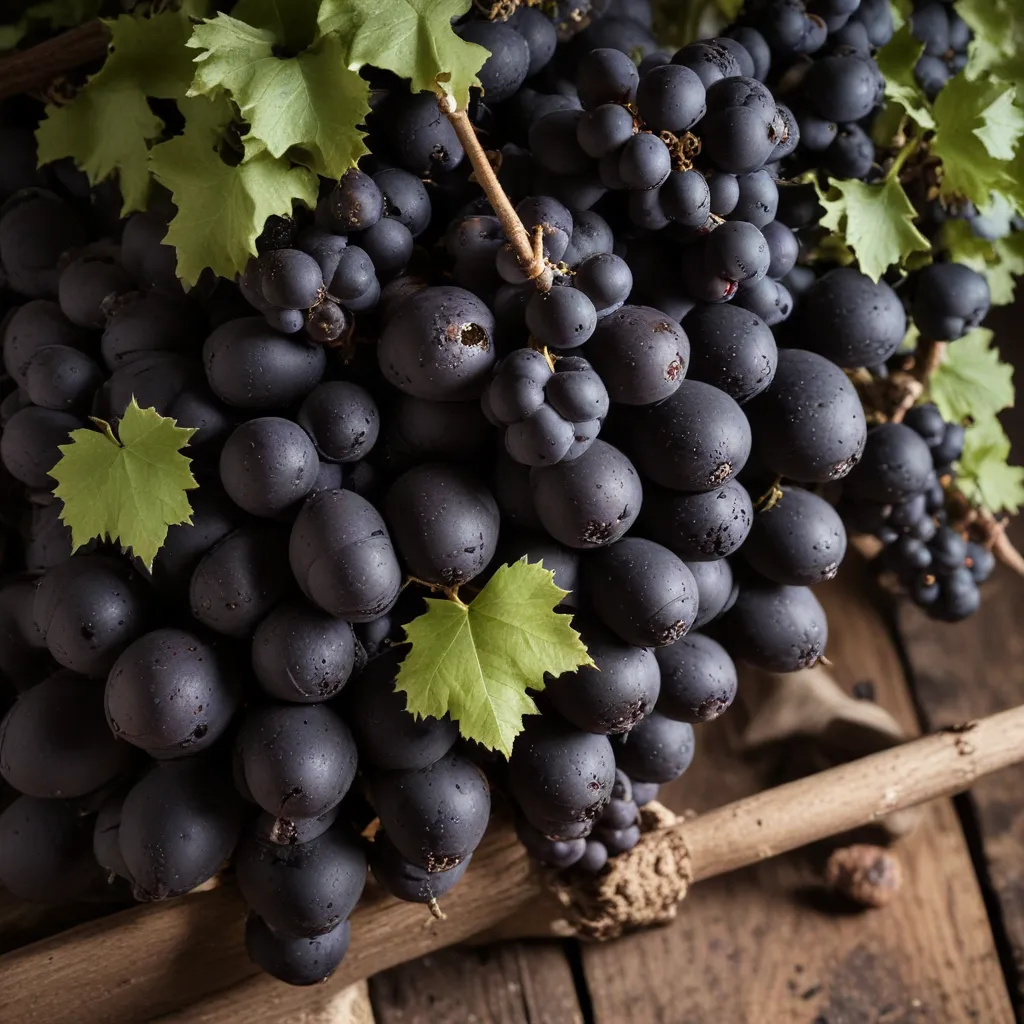
In the ever-evolving world of viticulture, a fascinating resurgence is taking place – the rise of carbonic maceration wines. This unique winemaking technique, long associated with the iconic Beaujolais region of France, has caught the attention of wine enthusiasts worldwide, sparking a renewed interest in its distinctive flavors and versatile applications.
History and Origins
The origins of carbonic maceration can be traced back to the Beaujolais region, where it has been a cherished winemaking method for decades. This process, which involves fermenting whole grape clusters in a carbon dioxide-rich environment, produces wines with a signature lush, fruit-forward profile. The anaerobic fermentation within the intact berries results in the formation of flavorful esters, imparting a captivating aroma of ripe red fruits, such as strawberries, raspberries, and cherries.
The popularization of this technique can be attributed to the success of Beaujolais Nouveau, a young, exuberant wine released just weeks after the harvest. Beaujolais Nouveau’s global acclaim in the 1960s and 1970s helped cement the reputation of carbonic maceration as a method capable of yielding wines with a vibrant, approachable character.
Characteristics and Styles
Carbonic maceration wines are often characterized by their low tannin levels and bright, juicy flavors. The intracellular fermentation process within the whole berries minimizes the extraction of bitter compounds, resulting in a softer, more playful mouthfeel. These wines typically exhibit a vibrant, almost neon-like hue, reflecting the preservation of the grape’s natural pigments.
While Beaujolais remains the most renowned proponent of carbonic maceration, producers around the world have embraced this technique to craft a diverse array of styles. From the light and quaffable to the more structured and age-worthy, the versatility of carbonic maceration allows winemakers to explore new frontiers in grape expression.
Production Process
The carbonic maceration process begins by carefully placing whole grape clusters, often with the stems intact, in an airtight tank or container. This environment is then filled with carbon dioxide, either naturally generated through the initial stages of fermentation or artificially introduced. The lack of oxygen prompts an intracellular fermentation within the individual berries, as the grapes’ own enzymes convert the sugars to alcohol.
The duration of this anaerobic fermentation can vary, with some producers opting for a shorter maceration period of just a few days, while others allow the process to continue for several weeks. The longer the maceration, the more pronounced the fruit-forward character and the lower the tannin levels.
Resurgence of Carbonic Maceration
The recent resurgence of carbonic maceration wines can be attributed to a shifting consumer landscape and a growing appreciation for sustainable winemaking practices.
Consumer Preferences
In an era where wine drinkers are increasingly seeking out lighter, more approachable red wines, carbonic maceration has found a receptive audience. The bright, fruit-forward profiles of these wines appeal to a new generation of consumers who gravitate towards wines that are easy to drink and pair well with a variety of cuisines.
Furthermore, the rising popularity of natural wines has sparked a renewed interest in traditional winemaking methods like carbonic maceration. Consumers, particularly millennials, are drawn to the transparency and authenticity these wines offer, valuing the minimalist approach and the absence of heavy-handed interventions.
Sustainable Winemaking
The carbonic maceration process aligns well with the growing emphasis on sustainable and environmentally-friendly viticulture. By minimizing the need for extensive maceration and extraction, the technique reduces the carbon footprint associated with wine production. Additionally, the lighter style of these wines often requires less oak aging, further contributing to the overall sustainability of the winemaking process.
Impact on the Wine Industry
The resurgence of carbonic maceration wines has had a significant impact on the broader wine industry, shaping market dynamics and inspiring innovation.
Market Dynamics
As consumer demand for carbonic maceration wines has risen, producers in both emerging and established regions have responded by expanding their portfolios to include these styles. This has led to increased competition and a diversification of offerings, allowing wine enthusiasts to explore a wider range of expressions within the carbonic maceration category.
Moreover, the growing popularity of these wines has influenced pricing and positioning strategies. While Beaujolais has long been associated with value-driven options, the versatility and quality of carbonic maceration wines from other regions have allowed producers to command higher price points, positioning their offerings as premium alternatives.
Future Outlook
The future of carbonic maceration wines holds great promise, as producers continue to experiment and push the boundaries of this winemaking technique.
Innovation and Experimentation
Winemakers around the world are embracing the creative potential of carbonic maceration, blending it with other techniques or exploring the nuances of different grape varieties. From innovative co-fermentation experiments to the use of whole-cluster pressing, the adaptability of carbonic maceration has led to the emergence of exciting new wine styles that challenge traditional perceptions.
Technological Advancements
Advances in winemaking technology have also played a role in the resurgence of carbonic maceration. Improved temperature control, precision monitoring, and the availability of specialized equipment have allowed producers to refine the process, ensuring greater consistency and quality in the final product.
As the global wine community continues to embrace the unique charms of carbonic maceration wines, we can expect to see an ever-evolving landscape of flavors, aromas, and styles emerging from this captivating winemaking technique. For enthusiasts and connoisseurs alike, the journey of exploring the resurgence of carbonic maceration promises to be a captivating one.
To discover the latest offerings from our own Wine Garden Inn winery, where we incorporate sustainable practices and innovative techniques, be sure to visit our website or stop by the next time you’re in the area. We look forward to sharing our passion for exceptional wine with you.
